A childhood dream, let’s hook up when we are all grown up and start a winery together. That is the story of two brothers (John & Steve Dragonette) and their good buddy Brandon Sparks-Gillis. They teamed up to pursue their live-long dream to make wine. While working at wineries like Sine Qua Non, Torbreck, Fiddlehead Cellars before they gained valuable experiences in order to start this grand venture. Over the past decade the press has (rightfully so) been generous to these three great guys. They source from some of the most sought after vineyards in Santa Barbara, Santa Rita Hills & Santa Ynez.
 Dragonette 2021 Pinot Noir “Radian”
Dragonette 2021 Pinot Noir “Radian”Santa Barbara – 96 Points
GGWC 79.99
FREE SHIPPING on 12
Use code DRAGONETTE during checkout
Jeb Dunnuck 97 Points: “From a great terroir on the western side of the Sta. Rita Hills, the 2021 Pinot Noir Radian Vineyard has a semi-opaque ruby hue as well as a terrific nose of mulled black cherries, scorched earth, toasted spice, and savory herbs. With tons of salty, mineral nuances on the palate, it’s medium to full-bodied, has perfectly integrated acidity, ripe tannins, and outstanding length. It’s one of my favorites in the lineup from Dragonette in 2021. This benefits from air and will ideally be given 2-3 years of bottle age. It will have 15+ years of overall longevity.”
James Suckling 96 Points: “Tight, very focused and structured, with forest-floor, cherry, dried-strawberry and spice character. Medium-bodied with a solid core of fruit. Yet, it’s reserved and so focused. Real. Drink or hold.”
Winemaker Notes: “The 2021 Radian Pinot Noir is deep and complex, with a dark red fruit profile (some black cherries and red plums, with raspberry liqueur, pomegranate) with leafy rhubarb and forest floor notes, a streak of granite and minerals, and a good solid backbone of fine tannins. Texturally, the wine is graceful despite the fruit power due to citrus and mineral laced acidity. It is a worthy successor to the 2020, which was lauded as a “wonderful wine” and given 97 points by James Suckling. “
Vineyard: Radian vineyard is located at the far western edge of the Sta. Rita Hills on dramatically steep slopes with large amounts of diatomaceous earth. Radian is extreme, regularly blanketed by fog and buffeted by high winds. The vines here struggle to set fruit, and the resulting yields are extremely low, but the grapes highly concentrated. The resulting wines are lean and intense, with a fascinating mineral streak and a remarkable depth of flavor even at low alcohol levels.
 Dragonette 2021 Pinot Noir Sanford & Benedict
Dragonette 2021 Pinot Noir Sanford & BenedictSanta Barbara – 96 Points
GGWC 79.99
FREE SHIPPING on 12
Use code DRAGONETTE during checkout
The Dragonette Pinot Noir Sanford & Benedict is just radiant. The wine is bold, yet translucent and exquisitely layered. Stunning notes of black cherry, plum, spice, lavender all come together in the glass. Fleshy on the palate with sweet red fruit, blood orange and a touch of spice make for a heady and sumptuous wines. This first release is a home-run! Well-balanced, gorgeously textured from start to finish. Well Done!
James Suckling 96 Points: “Aromas of hibiscus, lemon, iron and strawberry follow through to a medium to full body with very fine tannins that melt into the wine. Lovely freshness. Succulent and juicy. Drink now or hold."
Jeb Dunnuck 96 Points: “The Pinot Noir Sanford & Benedict Vineyard was 80% destemmed, which is a lot of stems by this estate’s standards, and spent 16 months in 40% new barrels. It’s another exotic, complex, incredibly satisfying Pinot Noir in the lineup that offers ripe red and black fruits, black tea, orange blossom, and spice-laced aromas and flavors. I love its texture, and it has terrific mid-palate depth, ripe tannins, and a great, great finish."
Winemaker Notes: “The 2021 wine represents this esteemed vineyard well. A product of a long, slow growing season, the wine has tremendous depth and complexity, but amazing elegance and balance from great acidity and fine-grained tannins. This wine is a worthy successor to the 2020, which received 96 points from Jeb Dunnuck who called it “one of the finest Pinot Noirs from this vineyard in 2020.”
Make sure to check out these other highly rated Dragonette Wines (they assort for FREE SHIPPING)
Dragonette 2021 Sauvignon Blanc “Vogelzang” Santa Barbara
Dragonette Cellars 2021 “Grimm’s Bluff” Sauvignon Blanc Santa Barbara
Click here or on the links above to order!
Call 415-337-4083 (landline, please do not text here – we will not receive
it)
email frank@ggwc.com for availability and priority allocation

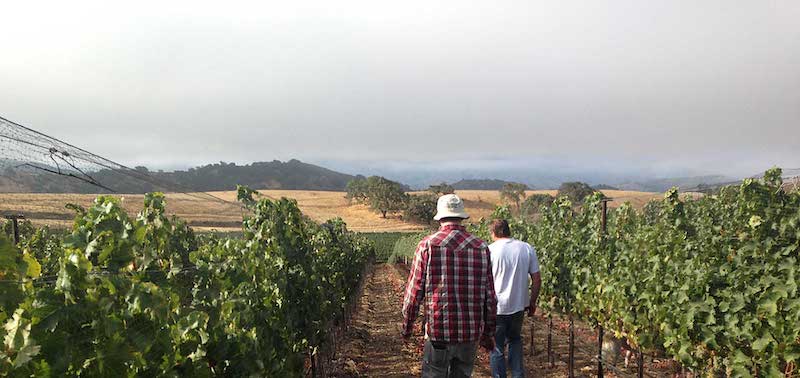










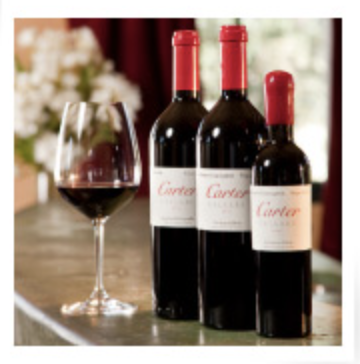

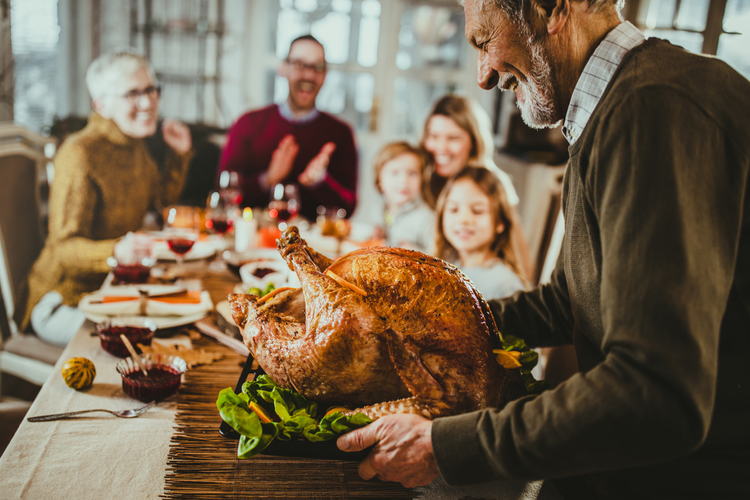





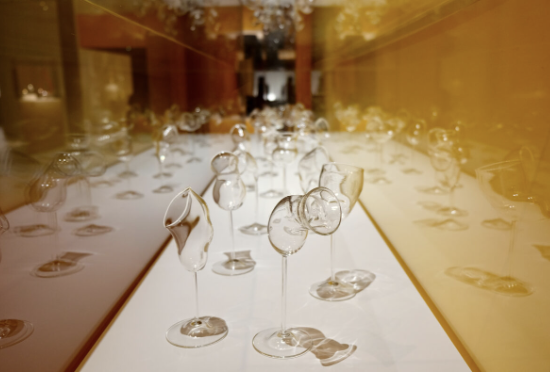







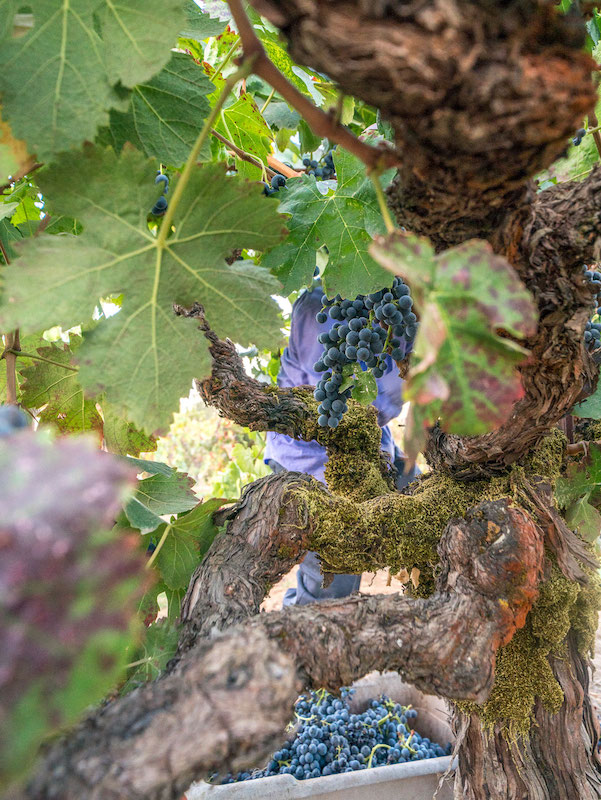



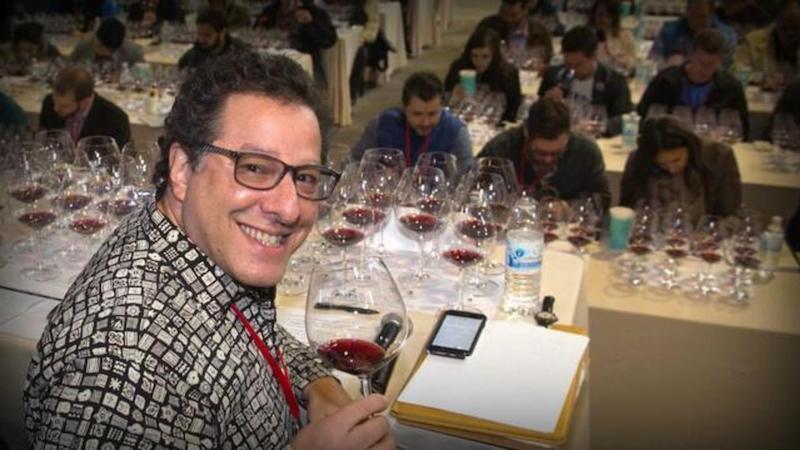



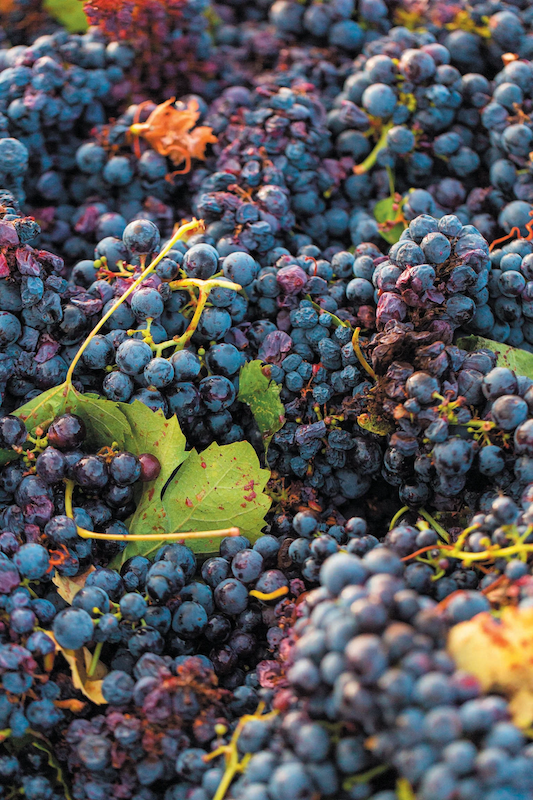





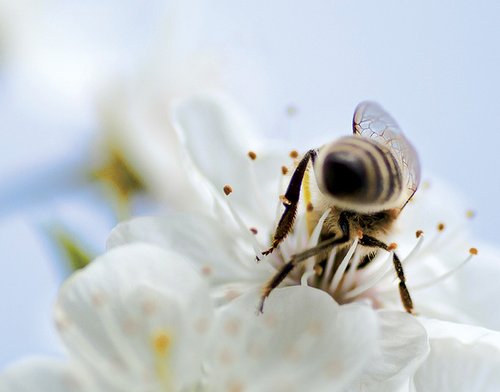


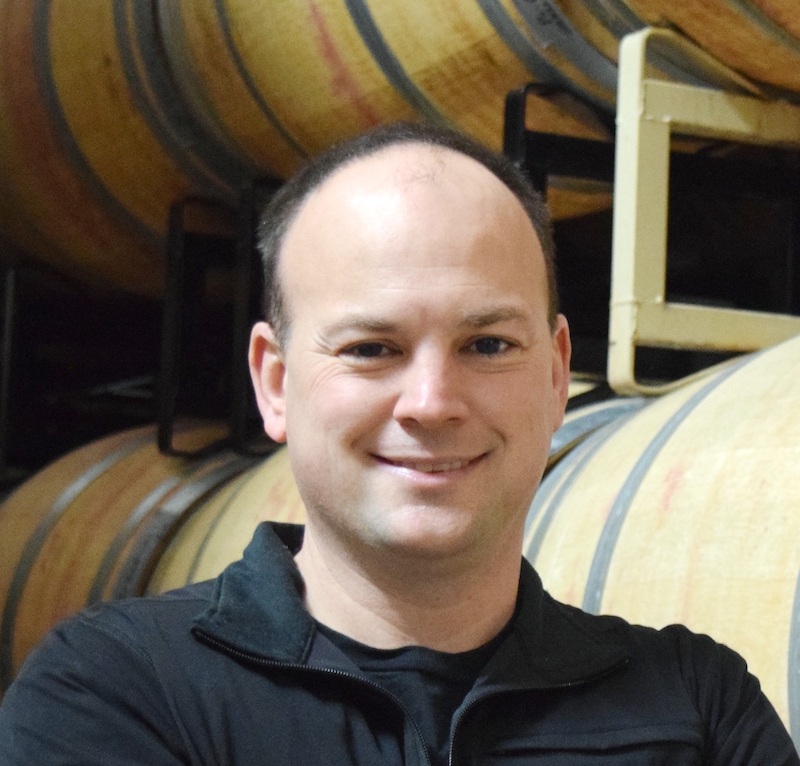

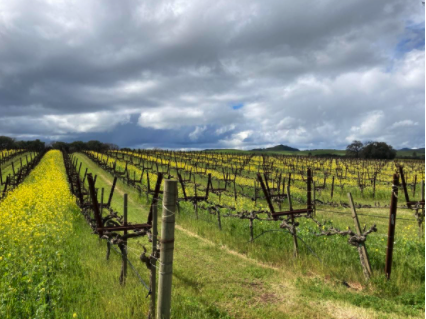






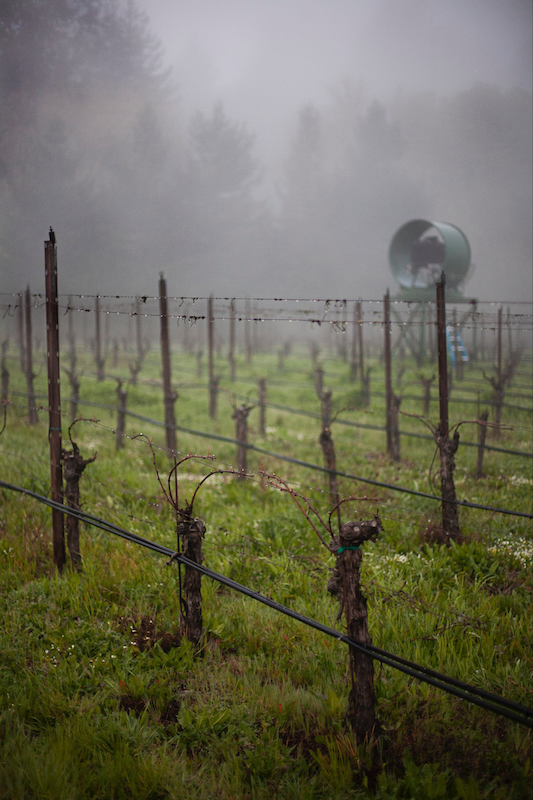
 Ernest 2021 Estate Chardonnay Sonoma Coast
Ernest 2021 Estate Chardonnay Sonoma Coast



















